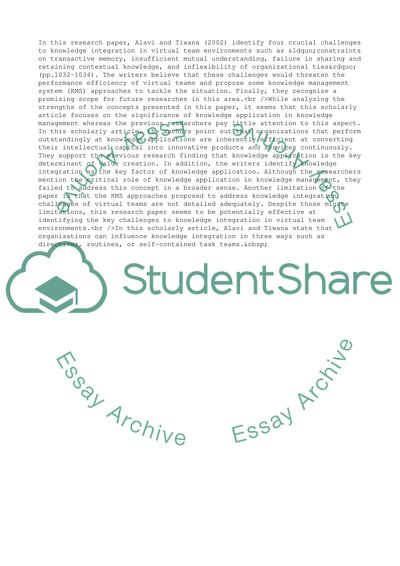Cite this document
(Dispersed Team Dynamics, Article Reviews Essay Example | Topics and Well Written Essays - 1500 words, n.d.)
Dispersed Team Dynamics, Article Reviews Essay Example | Topics and Well Written Essays - 1500 words. https://studentshare.org/management/1861247-dispersed-team-dynamics
Dispersed Team Dynamics, Article Reviews Essay Example | Topics and Well Written Essays - 1500 words. https://studentshare.org/management/1861247-dispersed-team-dynamics
(Dispersed Team Dynamics, Article Reviews Essay Example | Topics and Well Written Essays - 1500 Words)
Dispersed Team Dynamics, Article Reviews Essay Example | Topics and Well Written Essays - 1500 Words. https://studentshare.org/management/1861247-dispersed-team-dynamics.
Dispersed Team Dynamics, Article Reviews Essay Example | Topics and Well Written Essays - 1500 Words. https://studentshare.org/management/1861247-dispersed-team-dynamics.
“Dispersed Team Dynamics, Article Reviews Essay Example | Topics and Well Written Essays - 1500 Words”. https://studentshare.org/management/1861247-dispersed-team-dynamics.


